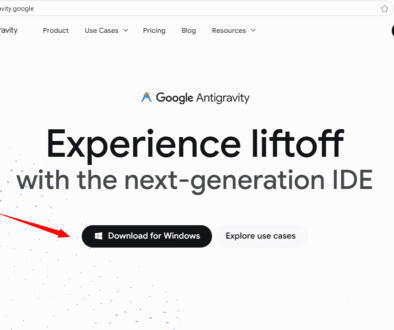Main Components of an AI Agent
Main Components of an AI Agent
Artificial Intelligence (AI) agents are software programs designed to perform tasks, make decisions, or solve problems on behalf of users or other systems. They range from simple chatbots to complex autonomous systems and are built by combining several core capabilities so the agent can sense the world, think about what it knows, and take appropriate actions.
Introduction to AI Agent
An AI Agent is a program (or system) that can perceive its environment, reason about it, and then take actions to achieve specific goals.
An AI agent is any system that perceives its environment through sensors and acts upon that environment using actuators or outputs. It may operate continuously or intermittently, and its behavior can be rule-based, learned from data, or a hybrid of both. The main goal of an AI agent is to achieve specific objectives — like answering questions, recommending items, controlling a robot, or optimizing processes — while adapting to changes and uncertainties in its environment.
AI Agent Components
Most AI agents are built from a small set of foundational components that work together: perception to gather information, reasoning to make sense of that information, and actions to change the environment or communicate results. These components can be implemented with simple code or advanced machine learning models, depending on the agent’s complexity and purpose.
- Perception
- Reasoning
- Actions
Perception
Perception is how an AI agent senses and collects information from its environment. This can include processing text, images, audio, sensor readings, or streams of data to form a useful representation of the current state. Perception often involves techniques like signal processing, feature extraction, and pattern recognition to convert raw inputs into structured data. Quality perception is critical because poor or noisy inputs will limit the agent’s ability to make accurate decisions.
Reasoning
Reasoning is the agent’s ability to analyze perceived information, draw conclusions, and plan next steps toward a goal. It includes logic, inference, probabilistic models, and learned patterns from machine learning that help the agent predict outcomes and choose among alternatives. Reasoning also manages uncertainty by weighing evidence, updating beliefs, and prioritizing actions based on objectives and constraints. Effective reasoning balances speed and accuracy so the agent can respond appropriately in real time or offline.
Actions
Actions are the outputs or behaviors an AI agent performs to influence its environment or communicate results to users. They can be as simple as sending a message, updating a database, or as complex as controlling motors on a robot or issuing financial trades. Choosing the right action requires mapping reasoning outcomes to concrete steps while considering safety, constraints, and feedback. After acting, the agent observes the consequences and uses that feedback to improve future perception and reasoning, creating a continuous loop of learning and adaptation.
